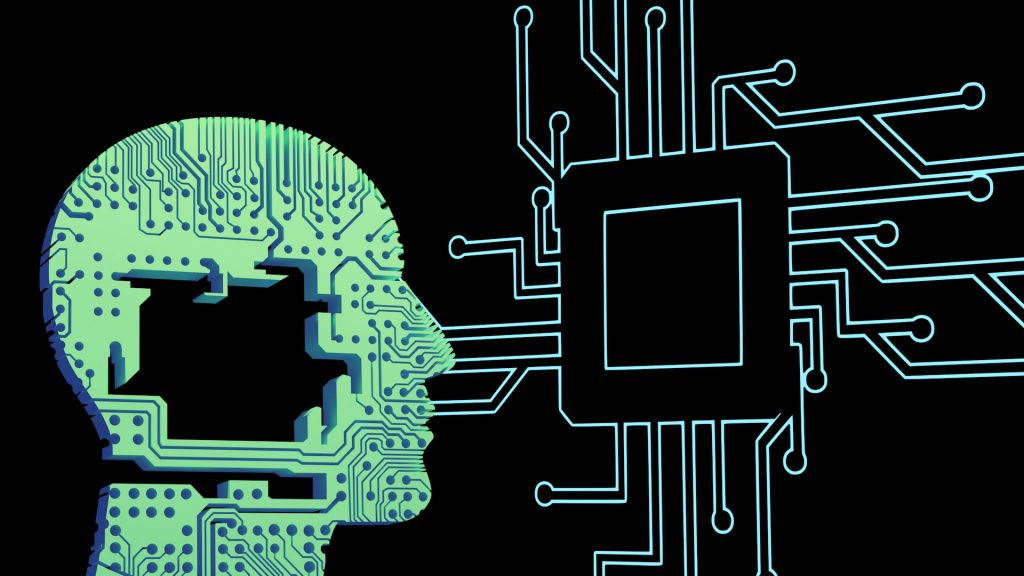Machine Learning: Trends, Types, and Real-World Applications
Machine Learning (ML) is one of the core engines of Artificial Intelligence (AI). In simple terms, it’s the ability of machines to learn from data, improve with experience, and make predictions or decisions without being explicitly programmed.
As we are about to step into 2026, machine learning has evolved from niche research into a mainstream driver of innovation across industries—powering healthcare diagnostics, financial systems, autonomous vehicles, fraud detection, and even creative tools.
This guide breaks down what machine learning is, its key types, how it works, its applications, challenges, and the latest trends shaping ML.

How Machine Learning Works
The ML pipeline usually follows these steps:
- Data Collection – Gather raw data (text, images, numbers, logs).
- Data Preprocessing – Clean, normalize, and prepare data.
- Model Selection – Choose algorithm (decision trees, neural networks, SVMs, etc.).
- Training – Feed data into model to “teach” it.
- Evaluation – Test accuracy using metrics (precision, recall, F1 score).
- Deployment – Integrate into real-world applications.
- Continuous Learning – Update with new data to improve performance.
👉 Example: In healthcare, training an ML model on thousands of X-rays allows it to detect pneumonia in new images with high accuracy.
Real-World Applications of Machine Learning
1. Healthcare & Life Sciences
By 2026, ML will play a central role in precision medicine and global health systems.
- Predictive Healthcare: ML models will forecast health risks years before symptoms appear. For example, predicting heart disease by analyzing lifestyle, genetics, and wearable data.
- AI-Powered Drug Discovery: Drug development timelines will shrink dramatically with ML simulations and molecular analysis.
- Robotic Surgery Assistants: ML-enhanced robots will assist surgeons in high-risk operations with real-time decision support.
- Mental Health Monitoring: Wearables + ML models will track stress and depression early, recommending interventions.
👉 2026 Forecast: Healthcare will shift from reactive care (treating disease) to preventive care (predicting and avoiding illness) powered by ML.
2. Finance & Banking
The financial sector is going deeper into ML-driven automation by 2026.
- Hyper-Personalized Banking: AI advisors will create custom financial roadmaps for individuals.
- Fraud Prevention at Scale: ML anomaly detection will predict fraud before transactions even complete.
- AI-Driven Stock Markets: Trading platforms will rely heavily on ML-driven simulations that account for global events in real-time.
- Risk Management: Insurers and lenders will use ML to dynamically calculate risks based on live data (weather, political stability, customer behavior).
👉 2026 Forecast: Finance will be 90% automated in decision-making with humans mainly overseeing strategy and compliance.
3. Retail & E-Commerce
Retail in 2026 will be deeply integrated with machine learning, from supply chains to customer experiences.
- Predictive Shopping: Platforms like Amazon will forecast your needs before you even search—offering one-click reorders powered by ML.
- AI-Powered Virtual Shopping Assistants: Conversational ML agents will guide customers in online stores.
- Dynamic Pricing 2.0: Prices will adjust in real-time based on demand, weather, and even competitor stock availability.
- Smart Logistics: ML will optimize supply chains, predicting delays, rerouting deliveries, and cutting shipping costs.
👉 2026 Forecast: Retailers that don’t adopt AI-first shopping experiences will fall behind.
4. Transportation & Autonomous Systems
Machine learning is at the heart of mobility innovations.
- Level 5 Autonomy: By 2026, some regions may approve fully self-driving cars for commercial use.
- Smart Traffic Management: Cities will use ML to control signals, reduce congestion, and cut carbon emissions.
- AI-Driven Aviation: Airlines will use ML for predictive maintenance and even semi-autonomous piloting.
- Logistics Automation: AI-powered drones and trucks will make last-mile delivery standard.
👉 2026 Forecast: Mobility will move closer to being fully autonomous, safe, and eco-efficient.
5. Education & Learning
By 2026, ML will completely reshape how people learn.
- Personalized AI Tutors: Students will have 24/7 adaptive tutors that adjust lessons in real time.
- Automated Grading & Feedback: ML will instantly grade essays, projects, and coding assignments.
- Immersive Learning: ML-driven AR/VR classrooms will create hands-on experiences (e.g., medical students practicing virtual surgeries).
- Skill Prediction Models: Universities and employers will forecast what skills will be in demand in 5–10 years, tailoring education accordingly.
👉 2026 Forecast: Education will be individualized at scale, with machine learning personalizing entire curricula.
6. Manufacturing & Industry 4.0
Factories are becoming smarter each year.
- Predictive Maintenance: ML will predict equipment breakdowns before they happen, reducing downtime.
- Smart Robotics: ML-driven robots will learn new tasks faster without reprogramming.
- Energy Optimization: ML will cut energy waste in industrial plants by adjusting real-time usage.
- Supply Chain Resilience: Predictive ML will spot disruptions (geopolitical events, climate risks) and adjust logistics instantly.
👉 2026 Forecast: Factories will move toward self-learning, autonomous manufacturing systems.
7. Agriculture & Food Security
Feeding 8+ billion people needs smarter solutions, and ML is stepping in.
- AI Crop Monitoring: Drones + ML will predict crop health and yields with near-perfect accuracy.
- Precision Farming: Automated tractors and irrigation systems powered by ML will cut resource waste.
- Food Supply Optimization: ML will track global food flows, reducing spoilage and shortages.
- Alternative Proteins: ML will help design lab-grown meat and sustainable food sources.
👉 2026 Forecast: Agriculture will be AI-first and sustainability-driven, helping tackle food insecurity.
8. Cybersecurity & Defense
With threats rising, ML will be the frontline shield.
- Adaptive Defense Systems: ML models will predict and block cyberattacks before they occur.
- Fake News & Deepfake Detection: Algorithms will filter misinformation more effectively.
- AI-Enhanced National Security: Governments will use ML for surveillance, intelligence analysis, and defense predictions.
- Personal Cyber Guardians: Individuals will have ML-driven apps protecting online identities in real time.
👉 2026 Forecast: Cybersecurity will be AI-led, human-monitored, with ML detecting threats faster than humans ever could.
9. Climate & Sustainability
ML will become a major weapon in the fight against climate change.
- Weather Forecasting Models: Ultra-precise storm and climate simulations.
- Carbon Footprint Reduction: ML will optimize energy use for cities and corporations.
- Wildlife Monitoring: Predicting endangered species patterns with drone + sensor data.
- Disaster Management: AI systems will forecast floods, earthquakes, and fires earlier, saving lives.
👉 2026 Forecast: Machine learning will be at the core of climate resilience strategies worldwide.
Challenges of Machine Learning for companies
Even though machine learning is growing fast, it faces big challenges:
- Data Privacy Concerns: Collecting and storing personal data raises ethical and legal issues.
- Bias in ML Models: If training data is biased, the predictions will also be biased.
- Explainability: Many ML models, especially deep learning, are “black boxes.”
- High Computing Costs: Training large models requires massive computational resources.
- Security Risks: Adversarial attacks can trick ML models into making wrong predictions.
Future of Machine Learning
By 2025 and beyond, machine learning is not just a “supporting tool”—it’s becoming the foundation of intelligent systems. With advances in generative models, autonomous learning, and explainability, ML will:
- Revolutionize how we search for and consume information.
- Automate complex decision-making in industries.
- Work alongside humans as intelligent collaborators.
👉 The future of machine learning is not just about machines getting smarter—it’s about humans and AI working together to solve bigger problems.
Final Thoughts
Machine learning in 2025 is everywhere—from diagnosing diseases to running businesses and even generating art. It’s shaping the way humans live, work, and interact with technology.
If you’re a business leader, technologist, or student, the key is to embrace ML early, experiment widely, and focus on ethical adoption.
The bottom line?
👉 Machine learning is no longer the future—it’s the present. And it’s only getting smarter.

Leave a Reply